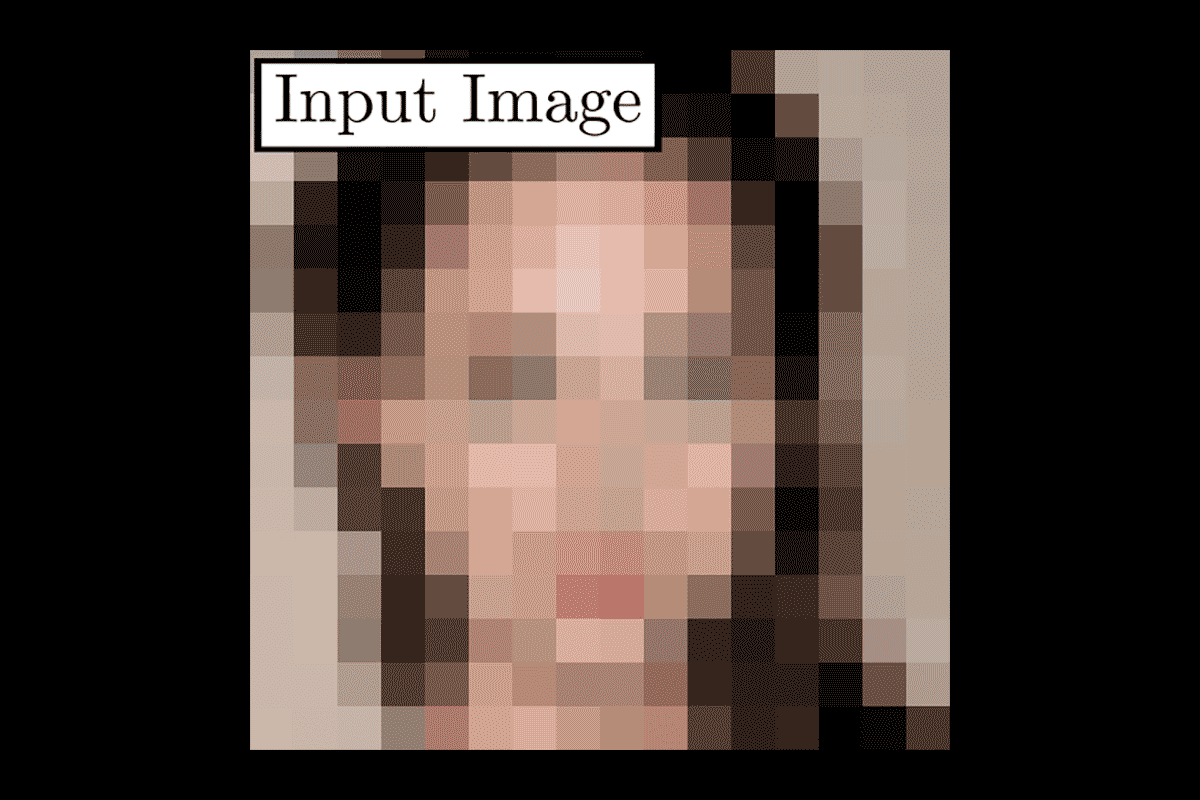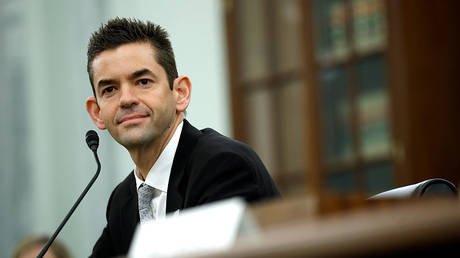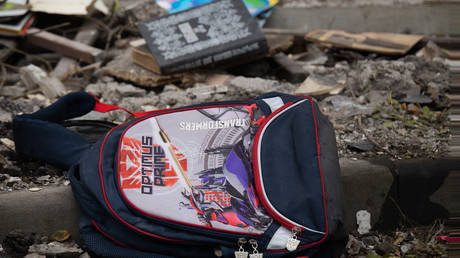
Researchers have pitted two artificial intelligence networks against each other in order to produce photo-realistic faces from pixelated images. They insist that the system cannot be used to identify people… for now.
The PULSE (Photo Upsampling via Latent Space Exploration) system generates faces that are completely artificial, and produces photos of 64 times greater resolution than the original, or eight times more detail than earlier methods could achieve.
“Never have super-resolution images been created at this resolution before with this much detail,” says computer scientist Cynthia Rudin from Duke University, one of the authors of the research.

PULSE works backwards, generating full-resolution (1,024×1,024) photos of faces that would match with the blurred original (16×16 pixels), adding over a million pixels in a matter of seconds.
The system uses a generative adversarial network or GAN, which pits two neural networks (AI systems that attempt to mimic the processes of the human brain) against each other, both having been trained on the same set of photos. One generates the photos, the other decides if a given face is realistic enough.

The researchers used faces as a proof-of-concept, and again insist that the system is not reverse pixelation, but say that it could be trained on any number of objects, making it suitable for use in other areas such as medicine, microscopy, astronomy and satellite imagery.
Their findings were presented at the 2020 Conference on Computer Vision and Pattern Recognition (CVPR).
Think your friends would be interested? Share this story!




